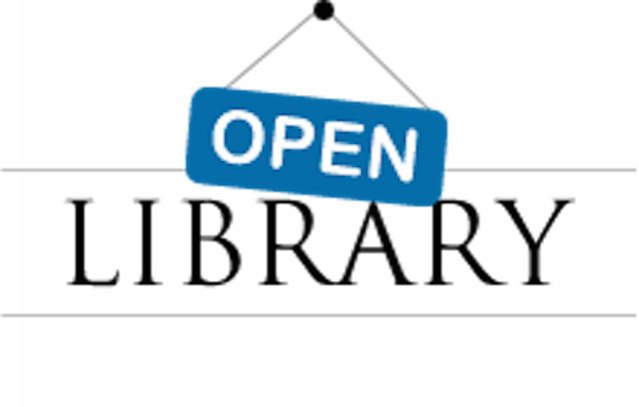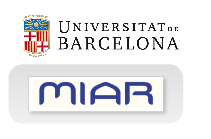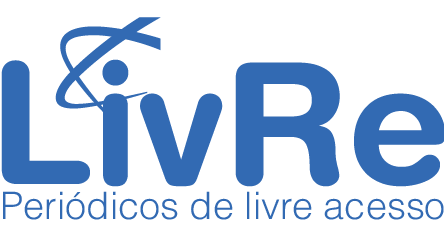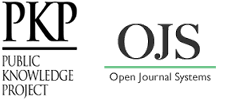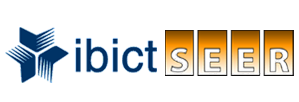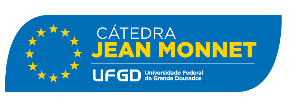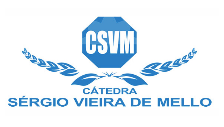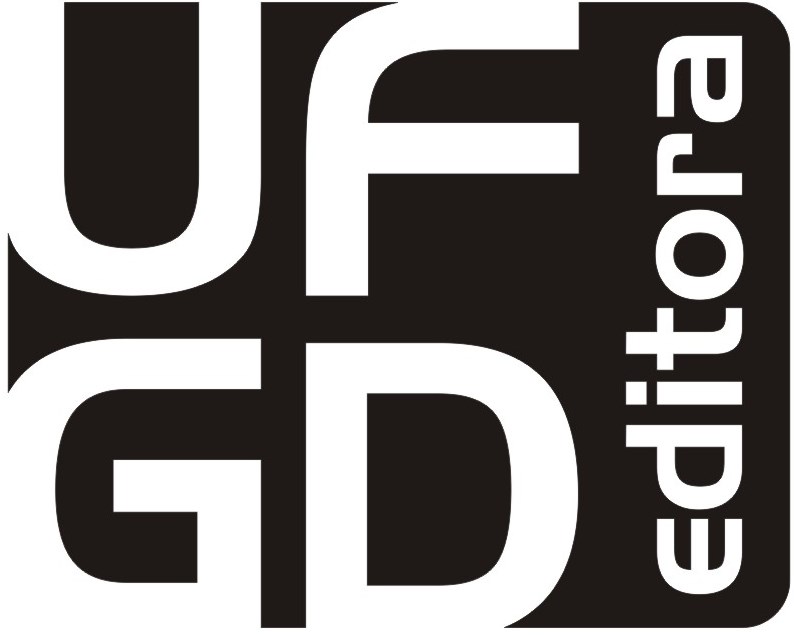Artificial intelligence and intellectual property: an interface
DOI:
https://doi.org/10.30612/videre.v14i30.16527Keywords:
patentes, inteligência artificial, responsabilidade jurídicaAbstract
This research sought to investigate the use of Artificial Intelligence in the development of patents. The research problem refers to the question of whether AI technology can be considered as an Inventor in itself, and hold a patent: What are the main considerations and arguments for refusing this idea in the present scenario? Thus, the topicality of the theme reflects the importance of discussing this topic. The main hypothesis to be tested refers precisely to the (im) possibility of AI being considered an inventor or holder of a certain patent due to the absence of basic contractual requirements, and legal personality and responsibility. The methodology used was the systematic bibliography review, with a descriptive character and according to a Cartesian method to analyze quanti-qualitatively the information and data obtained from the research carried out from a comparative law perspective. The results and discussions conclusively point to the legal impossibility of AI to be currently considered as the inventor of a patentable creation.
Downloads
References
ABBOTT, Ryan. The artificial Inventor Project. 2019. Disponível em: https://www.wipo.int/wipo_magazine/en/2019/06/article_0002.html. Acesso em: 25 abr. 2021.
ALVES, L. B. Análise da utilização do technology roadmapping como meio de seleção de produto de referência para a engenharia reversa. 2010. 127 fls. Dissertação (Mestrado em Engenharia de produção) - Universidade Federal de Itajubá. Itajubá, 2010. Disponível em: https://repositorio.unifei.edu.br/xmlui/bitstream/handle/123456789/1504/dissertacao_0037511.pdf?sequence=1&isAllowed=y . Acesso em: 20 ago. 2021.
ANDERSON, Mark Robert. Após 75 anos, as Três Leis de Robótica de Isaac Asimov precisam ser atualizadas. 2017. Disponível em: https://theconversation.com/after-75-years-isaac-asimovs-three- laws-of- robotics-need-updating-74501. Acesso em: 20 abr. 2021.
BALLER, Ron (PAConsultoria). Impacto da inteligência artificial na política de PI. 2020. Disponível em: https://www.wipo.int/export/sites/www/about- ip/en/artificial_intelligence/call_for_comments/pdf/org_pa_consulting.pdf. Último acesso em: 23 maio. 2021. (Wipo Website)
BARBOSA, M. M. O futuro da responsabilidade civil desafiada pela inteligência artificial. Revista de direito da responsabilidade, ano 2, 2020. Disponível em: https://revistadireitoresponsabilidade.pt/2020/o-futuro-da-responsabilidade-civil-desafiada-pela-inteligencia-artificial-as-dificuldades-dos-modelos-tradicionais-e-caminhos-de-solucao-mafalda-miranda-barbosa/ . Acesso em: 15 jun. 2021.
BARFIELD, Woodrow. Cyber-Humans: our future with machines. 2015. Springer. 291 pgs.
BURT, Andrew. The AI Transparency Paradox. 2019. Disponível em: https://hbr.org/2019/12/the-ai-transparency-paradox . Último acesso em: 18 maio. 2021. (Harvard Business Review)
CAMPELLO, L. G. B; DO AMARAL, R. D. Uma dialogia entre os direitos humanos e a ética biocêntrica. Revista Brasileira de Direito Animal, vol 15, n. 1, 2020. Disponível em: https://periodicos.ufba.br/index.php/RBDA/article/view/36236 . Acesso em: 20 out. 2021.
CARRIÇO, Gonçalo. The EU and Artificial Intelligence: a human-centered perspective. 2018. European View, vol. 17, pgs 29-36. Disponível em: https://journals.sagepub.com/doi/pdf/10.1177/1781685818764821 . Último acesso em: 25 fev. 2021. (Centro Wilfried Martens)
CERKA, Paulius; GRIGIENE, Jurgita; SIRBIKYTE, Gintare. Is it possible to grant legal personality to artificial intelligence software systems? Computer Law and Security Review, n. 33, pgs 685- 699, 2017, Elsevier. (Arquivos online da ULB, Universidade Livre de Bruxelas - Cible Plus – artigo)
Comissão Europeia (CE). Coordinated Plan on Artificial Intelligence. 2018. Disponível em: https://knowledge4policy.ec.europa.eu/publication/coordinated-plan-artificial-intelligence-com2018-795- final_en. Último acesso em: 23 abr. 2021. (Comunicação da Comissão ao Parlamento Europeu, ao Conselho Europeu, ao Conselho, ao Comitê Econômico e Social Europeu e ao Comitê das Regiões)
DA SILVA, J. S. L. O direito do consumidor brasileiro à informação sobre a garantia legal dos bens diante de vícios. 2013. 487 fls. Tese (Doutorado em Direito) - Universidade Federal da Bahia. Salvador, 2013. Disponível em: https://repositorio.ufba.br/ri/bitstream/ri/15303/1/JOSEANE%20SUZART%20LOPES%20DA%20SILVA.pdf . Acesso em: 30 jun. 2021.
DE CASTRO JR, M. A. Direito Robótico. 2a edição. 2019.
DE MARQUES, E. M; KRUGER, L. Vida artificial: a mobilidade do conceito de transumano e pós-humano. Voluntas, vol. 10, n. 1, 2019. Disponível em: https://periodicos.ufsm.br/voluntas/article/view/36453/html . Acesso em: 29 out. 2021.
DIGNUM, Virginia. Responsable artificial intelligence - how to develop and Use AI in a Responsible away. 2019. Sprinter. 127 pgs. (Arquivos online da ULB, Universidade Livre de Bruxelas - Cible Plus – livro)
DONEDA, D; MENDES, L; DE SOUZA, C; DE ANDRADE, N. Considerações iniciais sobre inteligência artificial, ética e autonomia pessoal. Pensar, vol 23, n 4, 2018. Disponível em: https://periodicos.unifor.br/rpen/article/view/8257 . Acesso em: 29 out. 2021.
DUBHASHI, Devdatt; LAPPIN, Shalom. AI Dangers: Imagined and Real. 2017. Viewpoints, vol. 60, n. 2. Disponível em: https://cacm.acm.org/magazines/2017/2/212437-ai-dangers/fulltext . Último acesso em: 03 jun. 2020.
DVORSKY, George. Why Asimov 's Three Laws of Robotics Can’t Protect Us. 2014. Disponível em: https://io9.gizmodo.com/why-asimovs-three-laws-of-robotics-cant-protect-us-1553665410 . Último acesso em: 12 maio. 2021.
FINK, Gernot. Modelos de Markov para reconhecimento de padrões - da teoria às aplicações (segunda edição). 2014. Springer. 276 páginas. (Arquivos online da ULB - Cible Plus – livro)
FORNASIER, M. Inteligência artificial e democracia: oportunidades e desafios. Nomos, vol 42, no. 1, 2021. Disponível em: http://periodicos.ufc.br/nomos/article/view/43066/197470 . Acesso em: 05 dez. 2021.
Fórum Econômico Mundial (FEM). Artificial Intelligence collides with patent law – White Paper. 2018. Disponível em: http://www3.weforum.org/docs/WEF_48540_WP_End_of_Innovation_Protecting_ Patent_Law.pdf. Último acesso em: 09 maio. 2021. (Centro para a Quarta Revolução Industrial)
GASPAR, W; CURZI, Y. Inteligência artificial no Brasil ainda precisa de uma estratégia. Disponível em: https://portal.fgv.br/artigos/inteligencia-artificial-brasil-ainda-precisa-estrategia . Acesso em: 15 out. 2021.
GIL, A. C. Como Elaborar Projetos de Pesquisa. 5. ed. São Paulo: Atlas, 2010.
HIGASI, P. O DIREITO APLICÁVEL ÀS DECISÕES PRODUZIDAS POR SOFTWARE E MACHINE LEARNING: A influência e aplicação do Direito brasileiro à Robótica e Inteligência Artificial. 2020. 74 fls. Dissertação (Mestrado em Tecnologias da Inteligência e Design Digital) - Pontifícia Universidade Católica de São Paulo. São Paulo - 2020. Disponível em: https://sapientia.pucsp.br/bitstream/handle/23659/2/Pl%C3%ADnio%20Kentaro%20de%20Britto%20Costa%20Higasi.pdf . Acesso em: 27 nov. 2021.
JOSHI, Ameet. Machine Learning and Artificial Intelligence. 2020. Springer. 261 pgs. (Arquivos online da ULB, Universidade Livre de Bruxelas - Cible Plus – livro)
KREUTZER, Ralf; SIRRENBERG, Marie. Understanding Artificial Intelligence – fundamentals, use cases, and methods for a corporate AI journey. 2020. Springer. 313 pgs. (Arquivos online da ULB, Universidade Livre de Bruxelas - Cible Plus – livro)
LIM, Daryl. AI & IP Innovation & Creativity in an Age of Accelerated Change. 2018. Akron Law Review, pgs 813-875. Disponível em: https://repository.jmls.edu/cgi/viewcontent.cgi?article=1724&context=facpubs. Último acesso em: 14 abr. 2021. (Repositório Institucional John Marshal Law School)
MAGRANI, E. Entre Dados e Robôs. Porto Alegre: Arquipélago, 2019. Disponível em: http://www.eduardomagrani.com/wp-content/uploads/2019/07/Entre-dados-e-robôs-Pallotti-13062019.pdf .
MAIA, J. J. M. Transumanismo e pós-humanismo. 2017. 305 fls. Tese (Doutoramento em Estudos Contemporâneos - Interdisciplinar) - Universidade de Coimbra, Portugal. Coimbra, 2017. Disponível em: https://estudogeral.uc.pt/handle/10316/80671?mode=full . Acesso em: 25 out. 2021.
MARINHO, M. As justificativas comuns para o direito das patentes. Nomos, vol 31, no. 2, 2011.Disponível em: http://periodicos.ufc.br/nomos/article/view/387 . Acesso em:01 dez. 2021.
MCTI. Publicada estratégia de inteligência artificial. Disponível em: https://www.gov.br/pt-br/noticias/educacao-e-pesquisa/2021/04/publicada-estrategia-brasileira-de-inteligencia-artificial . Acesso em: 25 nov. 2021.
O economista. De não trabalhar para redes neurais. 2016. Disponível em:
https://www.economist.com/special-report/2016/06/23/from-not-working-to-neural-networking. Último acesso em: 06 jun. 2021.
PAUNIO, Elina. Beyond Predictability – reflections on legal certainty and the discourse theory of law in the EU legal order. 2019.
Cambridge University Press. Disponível em: https://www.cambridge.org/core/journals/german-law-journal/article/beyond-predictability-reflections-on-legal-certainty-and-the-discourse-theory-of-law-in-the-eu-legal-order/19AE05489C64ABA9AF4DD66C0E261DF8 . Ultimo acesso em: 05 jun. 2020. (1a Edição em 2009, German Law Journal, vol. 10, issue 11)
REGALADO, Antonio. The Brain is not computable. 2013. Disponível em: https://www.technologyreview.com/2013/02/18/180012/the-brain-is-not-computable/ Ultimo acesso em: 30 maio. 2021. (MIT Technology Review).
RIBEIRO, M. F; DE ARAUJO, R. M. TRM e suas aplicações em sistemas da informação. Disponível em: https://sol.sbc.org.br/livros/index.php/sbc/catalog/download/33/130/316-1?inline=1 . Acesso em: 29 out. 2021.
SALMEN, C. S; WACHOWICZ, M. A atribuição da pessoa jurídica à inteligência artificial. BJD, vol 7, n 7, 2021. Disponível em: https://www.brazilianjournals.com/index.php/BRJD/article/view/32990 . Acesso em: 20 out. 2021.
SHARKEY, Noel. The ethical Frontiers of robotics. 2009. Disponível em: https://science.sciencemag.org/content/322/5909/1800/tab-pdf. Último acesso em: 20 fev. 2021.
TACCA, A; ROCHA, L. Inteligência artificial: reflexos no sistema do direito. Nomos, vol 38, no. 2, 2018. Disponível em: http://periodicos.ufc.br/nomos/article/view/20493 . Acesso em: 10 dez. 2021.
TERRA, A. V. Autonomia contratual. Arquivo jurídico, vol 2, n. 2, 2015. Disponível em: https://revistas.ufpi.br/index.php/raj/article/view/4673 . Acesso em: 20 jun. 2021.
UNESCO. Estratégia brasileira para a inteligência artificial. 2019.
XAVIER, F. A estratégia brasileira de inteligência artificial. Disponível em: https://mittechreview.com.br/a-estrategia-brasileira-de-inteligencia-artificial/. Acesso em: 25 out. 2021.
Downloads
Published
How to Cite
Issue
Section
License

This work is licensed under a Creative Commons Attribution-NonCommercial-ShareAlike 3.0 Unported License.
Authors must accept the publication rules when submitting the journal, as well as agree to the following terms:
(a) The Editorial Board reserves the right to make changes to the Portuguese language in the originals to maintain the cultured standard of the language, while respecting the style of the authors.
(b) Authors retain the copyright and grant the journal the right to first publication, with the work simultaneously licensed under the Attribution-NonCommercial-ShareAlike 3.0 Brazil (CC BY-NC-SA 3.0 BR) that allows: Share - copy and redistribute the material in any medium or format and Adapt - remix, transform, and create from the material. CC BY-NC-SA 3.0 BR considers the following terms:
- Attribution - You must give the appropriate credit, provide a link to the license and indicate whether changes have been made. You must do so under any reasonable circumstances, but in no way that would suggest that the licensor supports you or your use.
- NonCommercial - You may not use the material for commercial purposes.
- Sharing - If you remix, transform, or create from material, you must distribute your contributions under the same license as the original.
- No additional restrictions - You may not apply legal terms or technological measures that legally restrict others from doing anything that the license permits.
(c) After publication, authors are allowed and encouraged to publish and distribute their work online - in institutional repositories, personal page, social network or other scientific dissemination sites, as long as the publication is not for commercial purposes.




